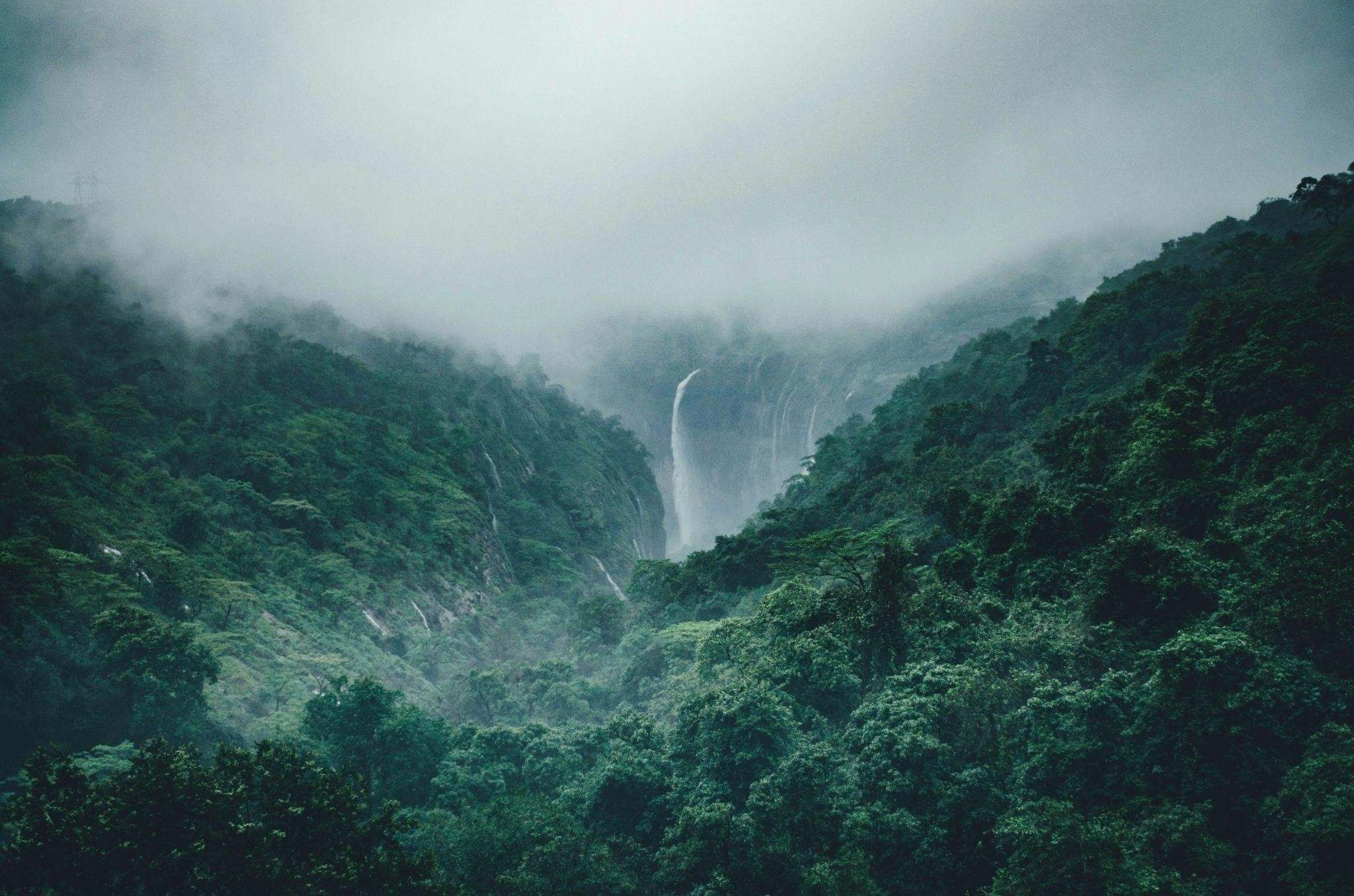.jpg)
Reforesting the Earth is not just possible, it is essential. Making tree-planting a way of life is vital to restoring ecological balance.
The destruction of forests triggers numerous environmental disasters: it alters local rainfall patterns, accelerates soil erosion, floods rivers, and places millions of plant, animal, and insect species at risk of extinction.

Causes of Deforestation
The key drivers include:
- Expansion of agricultural and industrial activities
- Rapid population growth
- Poverty and landlessness
- Rising consumer demand
Despite growing awareness and a surge of environmental initiatives, deforestation continues at an alarming pace across Africa, Latin America, Asia, and the Pacific.
Between 1980 and 1990, Latin America alone lost 62 million hectares of natural forest—the largest regional loss globally. An additional 5.8 million hectares per year were lost from 1990 to 1995. (Source: UNEP)
India’s Forest Landscape

India has the 10th largest forest cover in the world, spanning 68 million hectares. Yet, nearly 45% of its land is degraded, primarily due to deforestation, unsustainable agriculture, mining, and excessive groundwater extraction.
Over two-thirds of this degraded land is regenerable, making afforestation a powerful tool for restoration.
Alarming Global Facts

- To restore the trees lost in the last decade, the world needs to plant over 130 million hectares, the size of Peru. This means 14 billion trees every year for a decade, 2 saplings per person annually. (Source: UNEP)
- Deforestation contributes nearly 20% of global greenhouse gas emissions—more than all the world’s vehicles and aircraft combined.
- A football field-sized area of rainforest is destroyed every second.
- 1.8 million hectares of dry deciduous forests disappear yearly; 40% of this is lost in Sudan, Paraguay, Brazil, and India.
- Net daily forest loss is 20,000 hectares, twice the size of Paris.
- Desert forests shrink by 82,000 hectares annually, with Mexico and Pakistan accounting for 60% of the loss.
- Hills and mountains lose 2.5 million hectares of forest each year; Brazil leads with 640,000 hectares, followed by Mexico (370,000) and Indonesia (150,000).
- Moist deciduous forests lose 6.1 million hectares annually, 3.2 million in Latin America and the Caribbean.
- Very dry forests shrink by 341,000 hectares annually, Sudan loses 81,000, followed by Botswana with 58,000.
- Tropical forests, covering 23% of Earth’s land, are disappearing at 4.6 million hectares per year. Asia leads with 2.2 million hectares, followed by Latin America & the Caribbean (1.9 million) and Africa (470,000 hectares).
- In Ethiopia, 100,000–200,000 hectares are deforested each year, while 200 million people lack sufficient wood to cook food properly.
.jpg)


